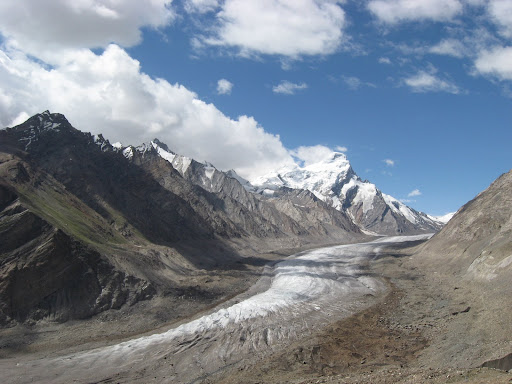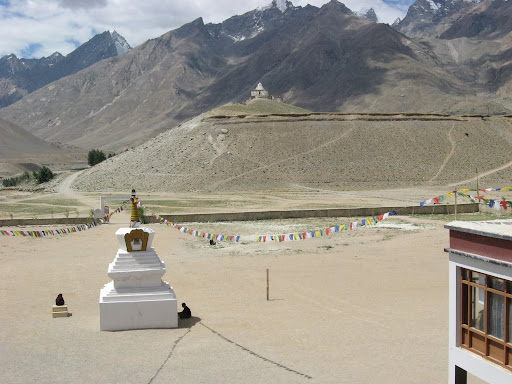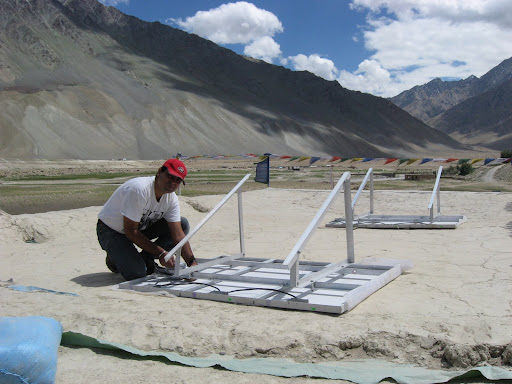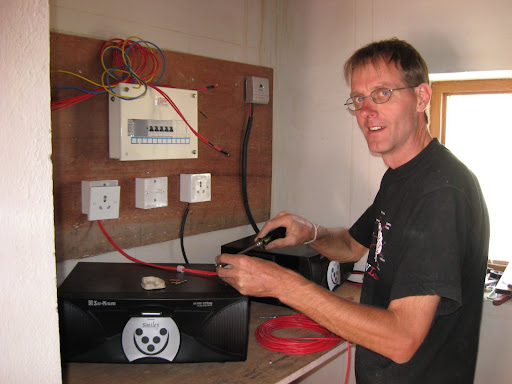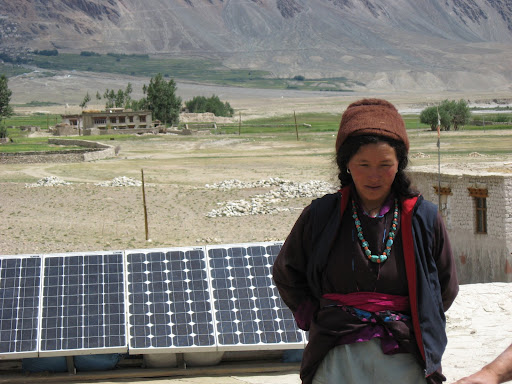 Maitri
Maitri is a Pune-based NGO working with local communities in the remote Melghat region of Maharashtra state, close to the border with Madhya Pradesh.
In one of the villages, Ruipathar, the women had to carry all the water they need for running their household (except laundry) up the hill, usually 2 or 3 times a day.



Maitri first contacted Aurore India in March 2008 to inquire about a solar pumping system for Ruipathar village in Melghat. Rishi went for an assessment to Melghat in April, and subsequently Maitri managed to raise the funds to implement this project.
The solar pumping system was designed to pump water from a borewell some 50 m at the bottom of the hill to a tank right in the centre of the village.
An Aurore India team, consisting of Rajesh, Manikandan, Nitin and Jos arrived in Melghat on July 10th, and immediately started the work.
The villagers had already dug most of the long trench from the borewell to the tank.
The best location for the solar panels was agreed upon with the villagers and work the casting of the foundations for the manual trackers started.
On day 2 the HDPE water pipe was unrolled, connected to the submersible pump and lowered into the borehole.


On the final day of installation (day 3) the solar panels were mounted onto the trackers and wired up to supply DC current to the pump.
The pump was switched ON and water started to flow into the tank. You should have seen the faces of the villagers! :-)


We stayed on for another day to make sure the system was pumping fine and help the local plumber with putting in the distribution lines to the tap-stands.
At the end of the day the team could relax and prepare for their return to Auroville

After all the excitement of the past days village life returned to normal, with the exception that women carrying water on their heads up the hill will become more of a rarity in Raipathar village from now onwards.








































